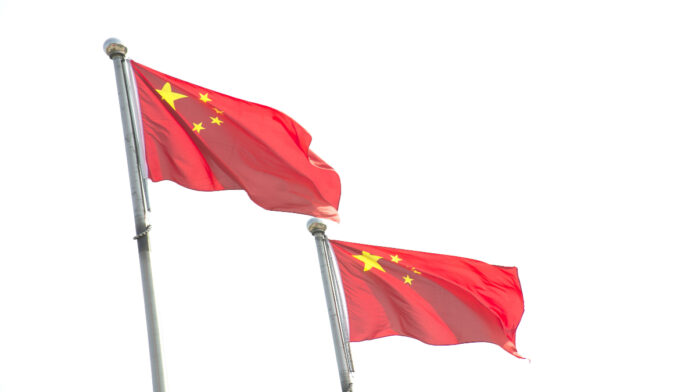With these efforts, China aims to keep pace with the United States in advance computing capabilities
In sum – what to know:
Chip output push – China aims to triple AI chip production next year, with new fabs boosting Huawei and SMIC’s capacity.
DeepSeek influence – FP8 standard is guiding domestic chip design to offset U.S. restrictions on Nvidia hardware.
Broader ecosystem – Progress in memory chips (HBM3) and political backing underline Beijing’s long-term self-sufficiency strategy.
China’s semiconductor industry is getting ready to triple production of artificial intelligence (AI) chips in the coming year, as Beijing escalates efforts to keep pace with the U.S. in advanced computing, according to a report by the Financial Times.
One fabrication facility dedicated to Huawei AI chips is expected to begin production by year-end, with two additional plants slated to open in 2026, the Financial Times reported, citing sources familiar with the plans. Although the fabs are designed to support Huawei, their ultimate ownership remains unclear. Huawei has denied intentions to launch its own manufacturing operations, according to the report.
Meanwhile, Semiconductor Manufacturing International Corporation (SMIC), China’s top chipmaker, intends to double its output of 7-nanometre processors next year. Huawei is currently SMIC’s biggest customer, and the new plants could eventually surpass SMIC’s existing AI chip capacity, the report added.
The expansion will also free up resources for smaller domestic chipmakers such as Cambricon, Biren, and MetaX, positioning them to seize market share left behind by Nvidia following export bans by the U.S. Government.
Chinese companies are additionally aligning their designs with a new FP8 data format adopted by DeepSeek, the nation’s leading AI start-up. Although less precise, FP8 enables more efficient hardware performance and could allow Chinese chips to remain competitive even if behind Nvidia’s most advanced offerings, the report added.
U.S. chip company Nvidia is reportedly preparing a new AI chip for the Chinese market that will outperform its H20 model, according to recent reports.
The new chip would be more powerful than Nvidia’s current China-specific GPU, the H20.
Tentatively named B30A, the chip will feature a single-die design, meaning all major components will be integrated onto one piece of silicon. It is expected to provide about half the computing power of Nvidia’s dual-die Blackwell Ultra GPUs. The chip will also include high-bandwidth memory and Nvidia’s NVLink interconnect for faster data transfer across processors.
The development follows reports that Chinese authorities have discouraged Chinese companies from deploying the H20 chip, particularly in government and security-related projects. Chinese authorities also reportedly instructed large firms such as Alibaba, ByteDance and Tencent to pause H20 purchases while a national security review is underway. The guidance came shortly after the U.S. government eased restrictions on the export of the H20 chip to the Chinese market.
U.S. President Donald Trump recently mentioned the fact that Nvidia was looking to make its Blackwell chips available to the Chinese market in a press conference following the announcement that Nvidia and AMD had agreed to pay the U.S. government 15% of the revenue generated from the sale of its H20 and MI380 chips as a condition for obtaining export licenses for the semiconductors.
China is requiring its data centers to adopt more domestically produced chips, underscoring Beijing’s intention to reduce dependence on foreign semiconductors, according to a report by the South China Morning Post.
State-owned computing hubs in China have been instructed to ensure that over half of their chips come from domestic manufacturers. The move is intended to bolster China’s semiconductor industry, according to the report.
In March last year, Shanghai authorities were among the first to stipulate that the share of domestic computing and storage chips in the city’s intelligent computing centers should exceed 50% by 2025.

